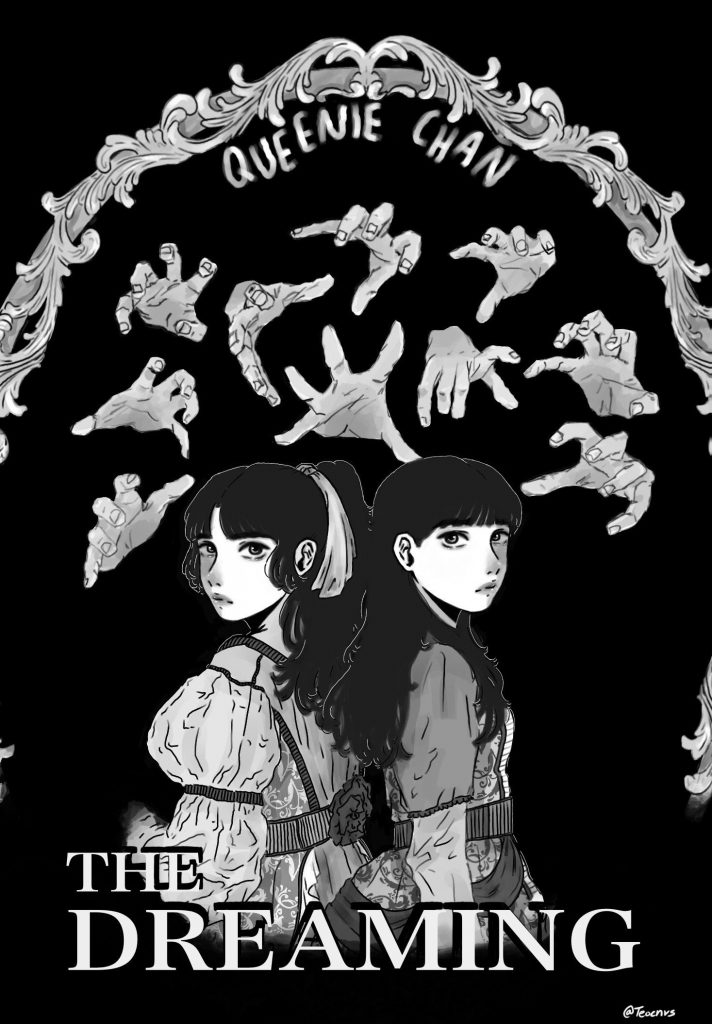By Theodora Charalambous
A Hong Kong-born, Australian-raised writer and illustrator, the Australian bush, Aboriginal mythology and Japanese mangas. An unusual combination that surprisingly works great.

The Dreaming is a 3-book, manga (Japanese comics) inspired, supernatural mystery series written and illustrated by Chinese-Australian comic book artist and graphic novelist, Queenie Chan. The story follows a pair of identical twins, Amber and Jeanie, as they arrive to their new boarding school, the Greenwich Private College, which is remotely located in the Australian bush. With rumors that female students have a habit of going missing in the bushlands, as well as the fact that the vice-principal, who runs the school, despises twins, the girls quickly realize that the school may not be as normal as it first appeared to be.
Reading the story was definitely a very interesting experience. Until now, I haven’t had any previews contact with Indigenous Australian folklore, which added a difficulty when it came to predicting where the story was going and what exactly lurked withing the bush. This, however, made the story even more engaging. Although narratives borrowed from indigenous cultures and used by non-indigenous writers, can be problematic, I wouldn’t say this applies in the case of The Dreaming. The creatures living withing the bushlands weren’t exactly demonized, but rather it was the school that felt alien in the area and seemed to be invading sacred land. Additionally, the founder of the boarding school was originally from England, a detail that perhaps could be linked to the country’s colonial history. If so, one could say that the story’s conclusion served the purpose of catharsis, when (spoiler!) the boarding school burned down and the invader was finally gone. It has to be added, though, that the author herself has expressed regret over the inclusion of indigenous motifs and would not do so again – in an interview soon to be published by the CASTLE youtube channel!
However, I would personally love to see a bit more indigenous representation, as the story does circle around an indigenous myth. When it came to the horror/ thriller aspect, I wasn’t sure what to expect, going in. However, I quickly caught myself holding my breath with each turning page, and I soon started coursing for choosing to begin reading the story late at night. The graphic novel ended with a somewhat open ending, and although I really wished the story to be a bit longer, it really fitted the novel’s atmospheric mood perfectly. Additionally, the art was well done, simplistic, yet very detailed where it needed to be. The panels and text flowed very nicely making it easy to navigate through the story, and the backgrounds were never too crowded to distract from the main focus. What I loved most about the art, were the beautiful illustrations for the chapter pages, whose essence I tried to capture in my illustration accompanying this blog post, as a tribute to the graphic novel.
All in all, I really enjoyed reading this trilogy, and would absolutely recommend it to any readers looking for a quick little spook to spice up their day with, or evening, for the more adventurous readers. The first two volumes are available free, on Queenie Chan’s webpage, whereas the 3rd one needs to be purchased.


